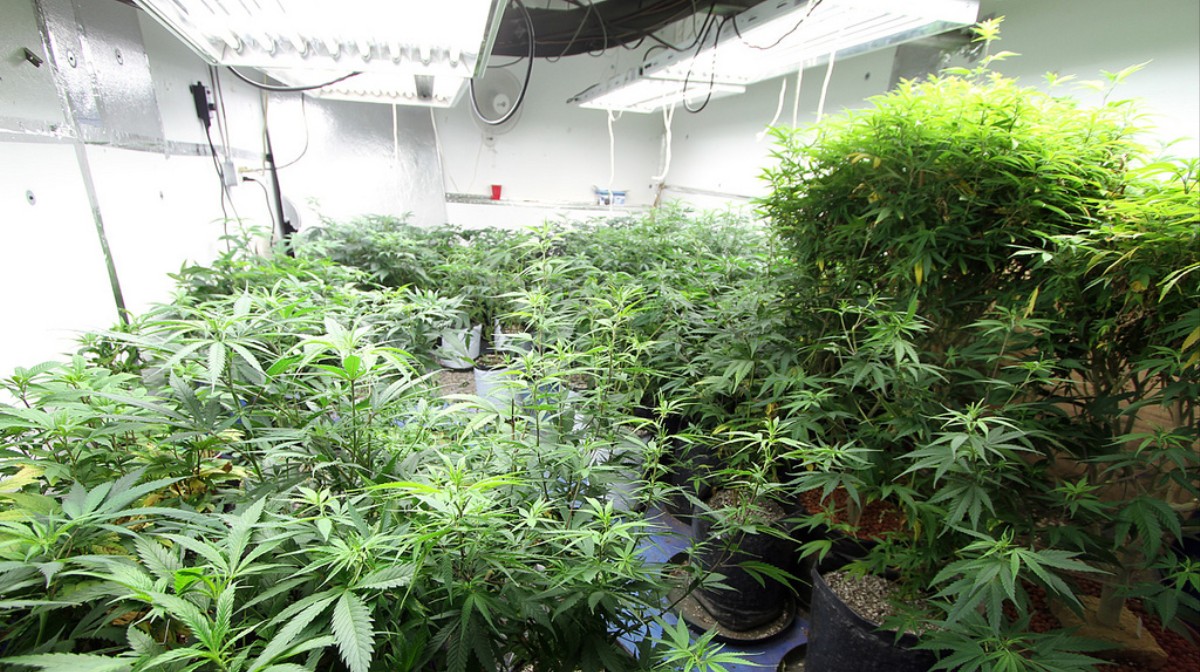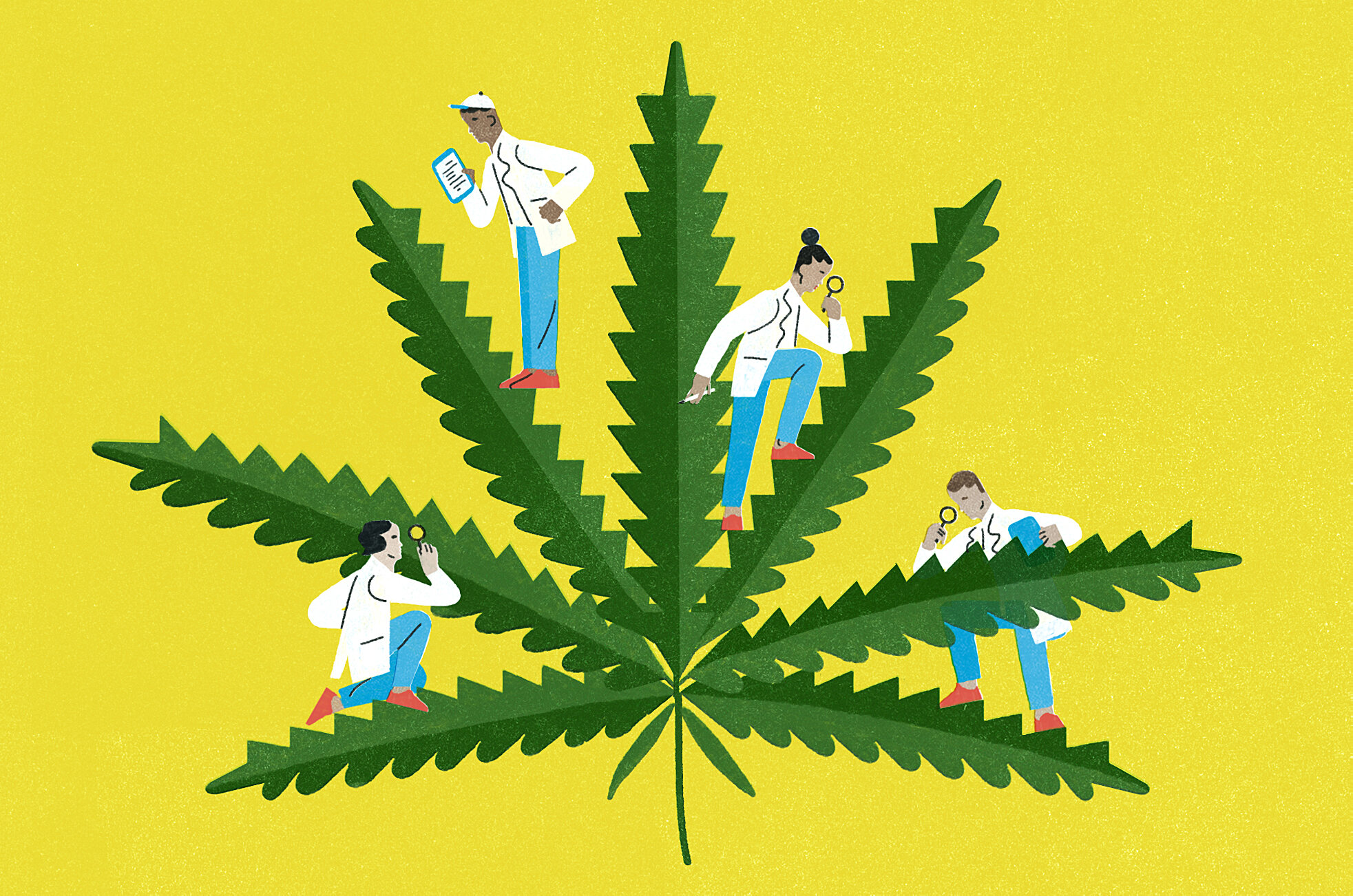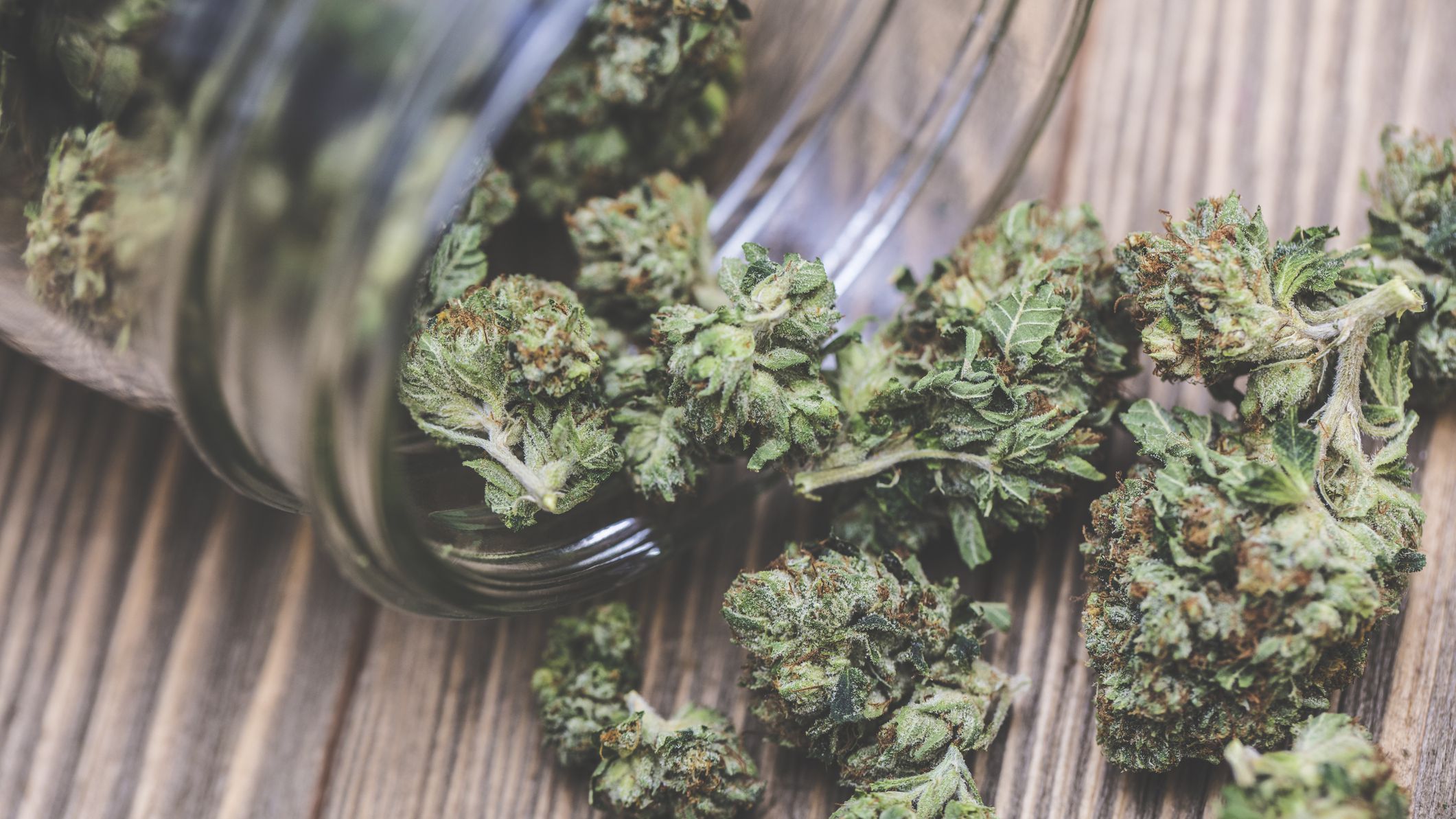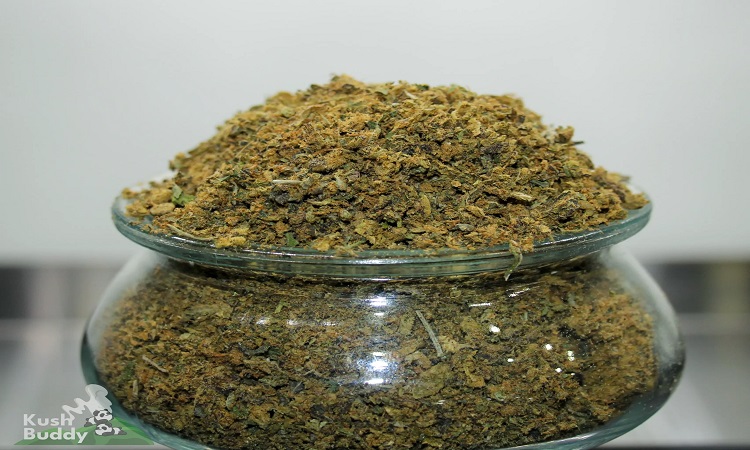Growing cannabis for commercial production in remote areas is creating woodland fragmentation, stream modification, dirt erosion, and landslides. Without land-use plans to limit its environmental footprint, the impacts of cannabis farming might worsen, according to a new research study published in the November problem of Frontiers in Ecology and the Environment.
Earlier studies have actually revealed that cannabis manufacturing creates ecological damage, consisting of rodenticide poisoning of forest creatures and dewatering of streams as a result of incorrect watering.
Cannabis, as either a medicinal or entertainment drug, is now legal in greater than 50 U.S. states and in a number of countries. In California, where medicinal marijuana has actually been legal considering that in 1996, voters in November approved the sale and property of one ounce of marijuana for leisure use. As a result, cannabis manufacturing is increase.
“Cannabis leaves a little spatial impact but has possibly significant environmental influences,” claimed co-author Jake Brenner, associate professor in the Department of Environmental Studies and Sciences at Ithaca College. “To alleviate these effects, policymakers and organizers need to enact certain environmental and land-use guidelines to regulate cannabis plant development throughout this early stage in its advancement.”
Marijuana farming inhouse generates lots of harmful gases
Indoor cannabis production is a major resource of greenhouse gas discharges, and the environmental effects vary considerably relying on where it is being expanded, according to our brand-new study.
The lights made use of to grow weed inside your home utilizes a lot of electrical power, however, facilities call for a great deal of power to keep a comfy atmosphere for the plants. That indicates an air conditioning system or heating units to maintain appropriate temperatures. Producers also pump co2 inside to enhance plant development. This makes up 11% to 25% of centers’ greenhouse gas exhausts.
However, the greatest power usage comes from the demand to regularly bring fresh air into growing facilities. All of this outdoors air requires to be dealt with to make sure that it is the right temperature and moisture. This is an extremely energy-intensive procedure given that the air currency exchange rate is usually so high.
Every one of these inputs adds to greenhouse gas exhausts, a whole lot much more in some regions than others.
Using the Department of Energy, Environmental Protection Agency, and market information, we discovered that growing pot indoors brings about greater greenhouse gas emissions in the Mountain West, Midwest, Alaska, and Hawaii than compared to the Pacific and Atlantic coastlines. This is since environments are milder on the coastlines, so you need much less heating or a/c, and since the electric grids use more clean power
Cannabis expanded in Southern California has the most affordable emissions, at 143 extra pounds of co2 equivalent per ounce of dried-out cannabis. At the same time, eastern Oahu in Hawaii has the highest exhausts, at 324 pounds of carbon dioxide equivalent per ounce. That’s approximately equal to melting 16 gallons of gasoline.
Why it matters
Policymakers and customers aren’t paying much attention to the ecological influences of the cannabis industry. In Colorado, the weed sector accounts for 1.3% of the state’s overall yearly discharges. This resembles discharges from coal mining and trash collection for the whole state.
Currently, there is little to no guideline on emissions for growing cannabis in your home. Customers aren’t thinking of the ecological effect either. As a whole, this market is creating and increasing extremely promptly without consideration for the environment.
Follow this link to get more info- Marijuana Seeds
We aim to provide information about marijuana seeds, where to buy and grow. Visit the website to explore marijuana seeds from different growers and seed banks.
Over the years the list of approved reasons to obtain a medical recommendation for marijuana use has grown by leaps and bounds. Some of them sound unlikely, such as asthma, but then again, researchers have done their homework. There is nothing on the list that doesn’t belong there. Many of the diagnoses used by patients and doctors are legitimate and the people who use marijuana have found a lot of relief from the use of marijuana.
Heal your body
Cannabis is being used to treat the side-effects and symptoms of the most terrifying ailments. For nearly three decades, medical marijuana has been used to treat weight loss due to lack of appetite in AIDS Patients. The Federal Drug Administration (FDA) has approved two medications, dronabinol, and nabilone, that contain THC.
Likewise, cancer patients have been given access to help ease nausea and vomiting caused by chemotherapy treatment. This is very important because these side-effects cause patients more pain and suffering. Scientists recently reported that THC and other cannabinoids even slow growth and in some cases cause death in certain types of cancer cells.
It also helps reduce the chronic pain and muscle spasms associated with multiple sclerosis.
Ease your mind
Marijuana helps more than the body; it also helps ease the mind. Scientists have bred specialized marijuana plants and have been making CBD oil to treat seizure disorders including childhood epilepsy. This debilitating disorder causes sudden recurrent episodes of sensory disturbance. The medication is being tested in clinical trials but has not yet been approved by the FDA.
Doctors are recommending marijuana use for those who suffer from insomnia because it is not as habit-forming as other drugs. Those suffering from addiction may also find results from the use of cannabis. In a double-blind, placebo-controlled, study smokers that used a CBD inhaler saw a nearly 40 percent drop in their nicotine intake.
Patients suffering from anxiety often find relief with the use of Sativa and marijuana has been shown to reduces stress and psychosis. This is going a long way to provide a stable mental environment for those suffering from schizophrenia and post-traumatic stress disorder.
In 1996, California became the first state to legalize medical marijuana and since then, now 50 more states have passed laws allowing its use. Unfortunately, our nation’s newest administration is in stark contrast with the prior one and this could make further testing and deregulation less likely on the federal level.
Affirm CBD offers artisan crafted, natural, and organic CBD products to promote wellness and fitness. Our CBD products help to restore, refresh and renew your body and mind, so you can achieve your goals. Shop now!
Marijuana has no specific drug class, but legally it is considered a Schedule 1 Narcotic by the DEA. This means it’s defined as having a high potential for abuse and no accepted medical use. Multiple states (15 now including Arizona as the latest), disagree with this and have laws on the books legalizing marijuana for medicinal usage.
Low grade marijuana contains 1 to 3 percent delta-9-tetrahydrocannabinol (THC) which is what is typically sold recreationally. THC is widely known as the most active psychoactive agent in marijuana. High grade marijuana known as sinsemilla contains 7 to 8 percent THC and hashish is between 7 and 20 percent. The most concentrated form of marijuana is hash oil which may contain up to 70% THC!
Common terms for marijuana include: reefer, pot, herb, ganja, grass, old man, Blanche, weed, sinsemilla, bhang, hash, tar, hashish, hash oil, chronic, and dagga.
How one feels: People’s experiences with smoking marijuana will vary greatly between individuals. Usually one experiences, relaxation and mood elevation within minutes and about a half-hour later sedation and drowsiness. Periods of contemplative silence are often interspersed with hilarity.
Eating marijuana, whether as high-grade or hashish, takes much longer for the effects to begin. There is a higher tendency for a hallucinogenic response.
Learning and memory function may be affected for a prolonged time period even after the other effects wear off. It takes quite a while for the brain to eliminate marijuana (and its metabolites), so cognitive function may be affected for over a day after smoking or ingesting one dose.
Lethal overdose with marijuana has not been reported. A heavy dose may result in a person feeling fearful or anxious. Even though an overdose has not been seen, it does affect judgment and complex coordination. Hence the biggest concern with marijuana is affected driving skills, hence accidents, and/or dangerous mistakes in judgment.
Marijuana does increase heart rate and places a greater workload on the heart. So there may be interactions with heart or blood pressure medications, but a lot of research needs to be done to elucidate the specifics. There has been one study showing marijuana in conjunction with cocaine can lead to fatal heart problems.
The cannabis plant accounts for all of the psychoactive properties of marijuana. Tetra-hydro-cannabinol (THC) has been reportedly found in the internal organs of an Egyptian mummy from 950 BC. By the 1840s, marijuana was being used frequently to enhance creativity by artists and intellectuals in France.
The original European explorers brought hemp to America for the production of rope and cloth. It wasn’t until the early 20th Century that marijuana began to impact American society directly.
Thanks for reading this post, click here to get more information about marijuana THC: Superstrain






